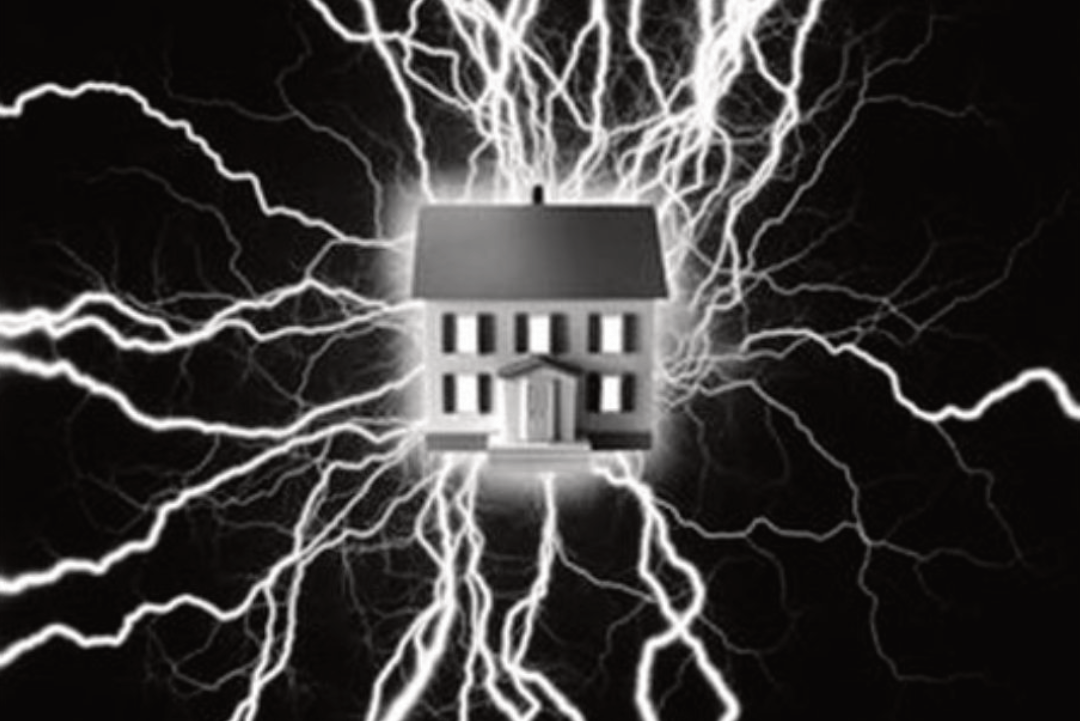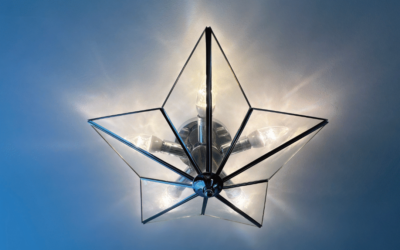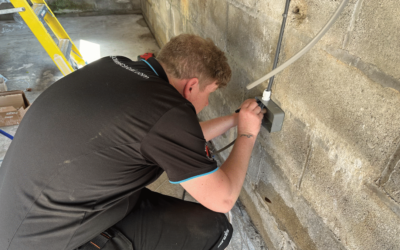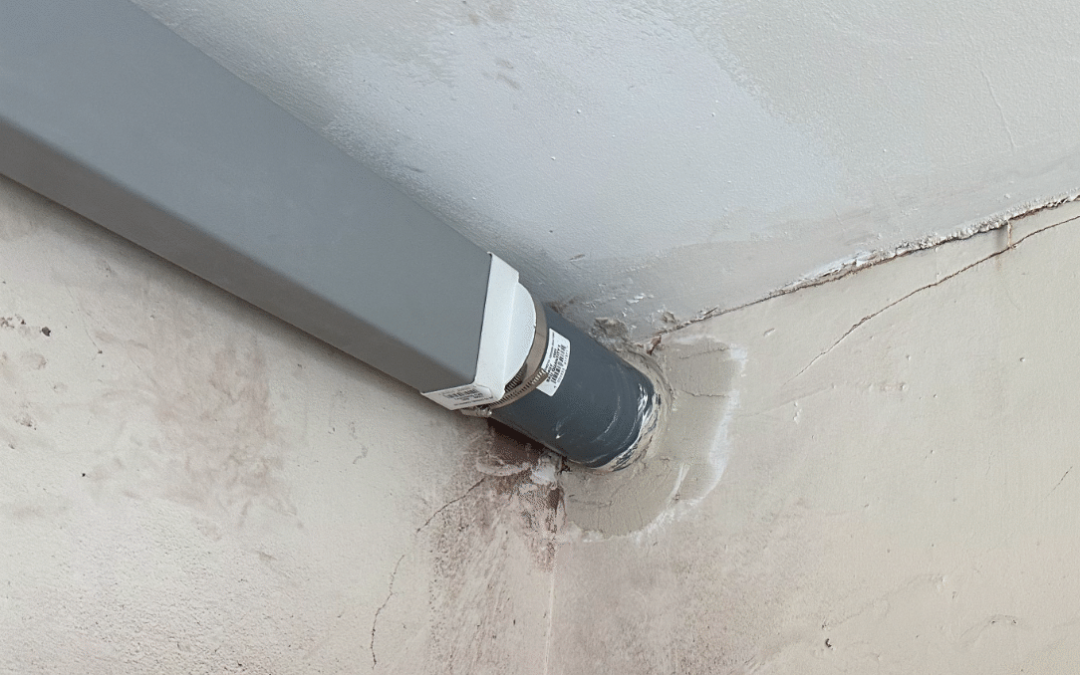A HIDDEN DANGER
Power surges – you probably know they can trigger a circuit breaker and shut off electrical items, but do you know what causes them, or how they can potentially damage equipment around the home? Most households experience power surges at some point. So here’s what you can do to recognise the dangers and protect your home from electrical damage.
Power surges occur when there’s an unexpected interruption to the flow of electricity through the grid, or when a device that is supposed to draw electricity puts it back into the system instead.
Mains voltage in England runs at 230 volts and 50 Hz. Many countries, including the USA and Japan, have appliances that run at a different voltages (eg 110V 60Hz). These devices, when plugged into a power outlet without adequate protection, cause cause a power surge and lead to damage to the device.
Clearly, harnessing electrical powers that are fundamentally similar to lightning is no easy task, and when you throw all the above factors into the mix, you start to see how power surges can be dangerous. While day to day we’re unconsciously comfortable and relatively safe using electricity, there are risks to consider.
HOW LONG DOES A POWER SURGE LAST?
The actual spike in electrical current is usually extremely quick, less than a thousandth of a second. Voltage from the surge can vary, from a hundred to thousands of volts.
It’s important to note that voltage doesn’t run at a fixed current, it oscillates. That oscillation is inherent to the way electric currents behave, and it gets more complicated when you introduce concepts like three phase power, which provides separate electrical phases in an alternating current. To add even more complexity to the mix, different countries have different standards, and manufacturing of electrical devices can be completed to varying degrees of quality.
WHAT ARE THE MOST COMMON CAUSES OF A POWER SURGE?
Power surges can be caused by a number of elements, most of them within your control:
- High powered electrical devices can cause power spikes when switched on or when a particular, high energy component like a motor kicks in. This can affect other electrical items around the home. Examples of common devices include refrigerators, air conditioners and heaters.
- Tripped circuit breakers might protect your home, but if they are damaged in the process, they can become a risk down the track.
- Bad or faulty wiring is a cause of many power surges. Bad wiring will need to be replaced. Consult with a professional electrician if you think your wiring is faulty.
- Tree limbs can touch power lines and cause power surges, through either growing into the line, swayed by the wind or breaking off in inclement weather. Take pictures of any local trees that look at risk to damaging power lines and notify your council immediately.
- Animals can get into electrical equipment like transformers and cause a power surge, often electrocuting themselves in the process.
- Restoration of power after a blackout can cause power surges as electricity flows back into all your appliances at once. If you experience a blackout, turn your equipment off at the power point and unplug it, plugging them back in one by one after service has been restored.
- Lightning strikes are the one condition that’s mostly out of your control. If you live in a rural location or area where the metal in your home can act as a conductor to lightning, you may wish to consider installing a lightning rod near the premises.
WHAT’S AT RISK FROM A POWER SURGE?
Power surges can cause damage to your electrical appliances. In some cases, the damage will lead to loss of functionality, and in other cases, repeated power surges can degrade the quality of the device over time. In rare cases, power surges can lead to electrical fires, which can damage or even destroy the entire home.
WHAT ARE THE WARNING SIGNS?
A power surge happens so fast there’s usually not much you can do to prevent it from happening, at least the first time. Some indications of a power surge include:
- Tripper circuit breaker or safety switch
- Sudden resetting or power loss of devices
- ‘Bricked’, broken or failing electrical devices.
If you see these signs, it’s time to take action and protect your home from future occurrences.
KEEPING YOUR HOME SAFE FROM POWER SURGES
There are a number of measures you can take to minimise the risk of power surges in your home.
- Phone line protection – Reduce the risk of damage to your phone.
- Surge protection at the end of expensive appliances – You should also avoid using cheap or unreliable electronics that could damage other appliances.
- Quality safety switches – Don’t settle for cheap power plugs, use high quality equipment to protect your appliances.
- Service provider protection – Notify your council or provider of any risks external to the home.
- Unplug appliances not in use – The best way to ensure your risks are minimal, as well as save money on the power bill.
Electrical systems can differ considerably from home to business, as can their associated risks. Expert knowledge is perhaps the best protection against power surges in the home. Contact Goodwin Electrical your local Plymouth and Ivybridge Electrician to find out how you can protect your home and electrical equipment from damage from electrical surges. Call now on 01752 916047 or fill in our Quote Form








0 Comments